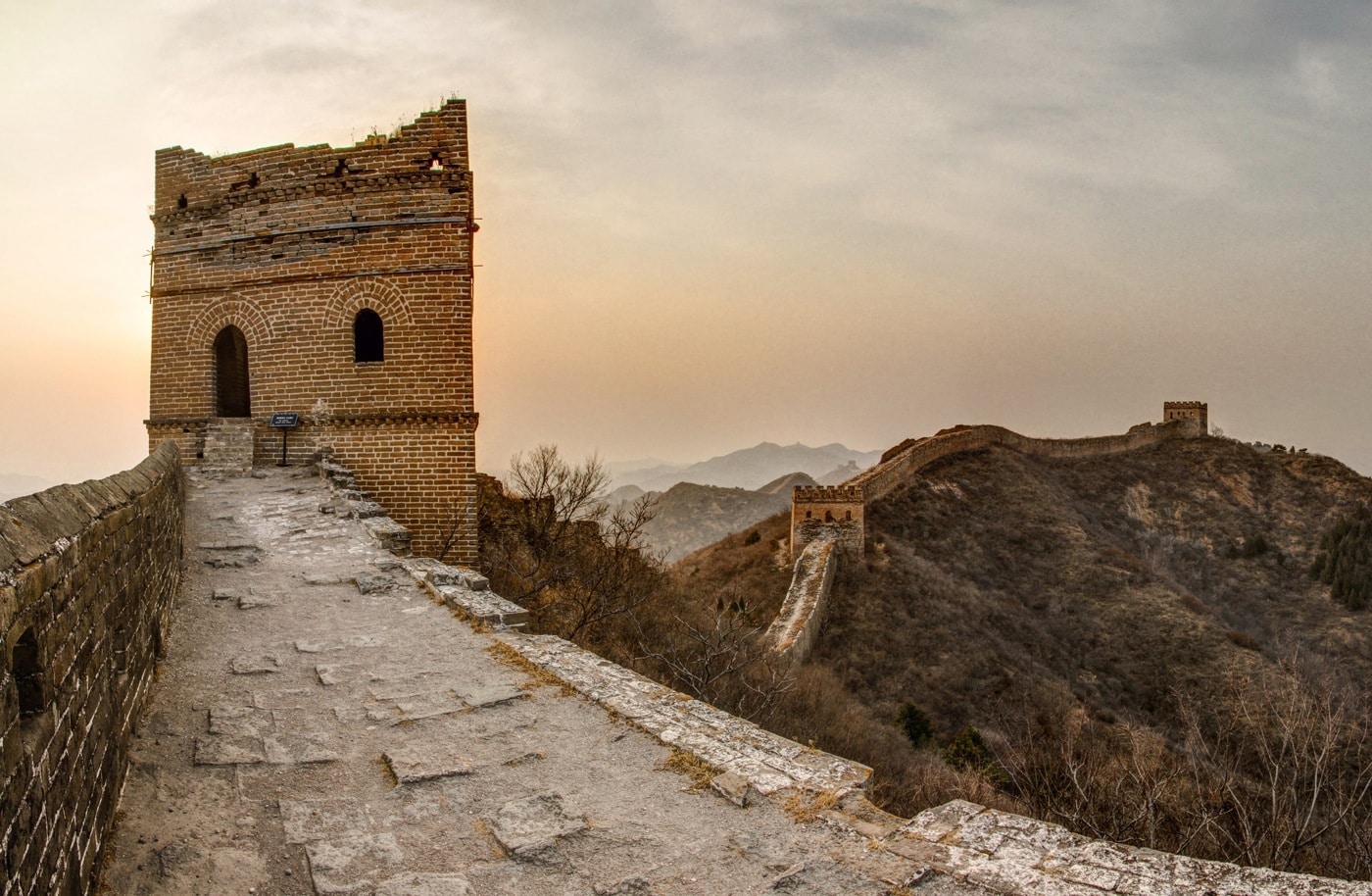When the travel bug bites it can sometimes infect us with an urge to connect with history, visiting sites that are the cornerstones of civilization and exhibit human ingenuity throughout the ages. It’s no surprise that many historic places make travelers’ bucket lists, although fighting the crowds to appreciate them can be a headache. Here are 2 short lists of the must-sees, the first, familiar landmarks that attract hordes of tourists and the second a little more off the beaten path and perhaps easier on the nerves.
The Taj Mahal
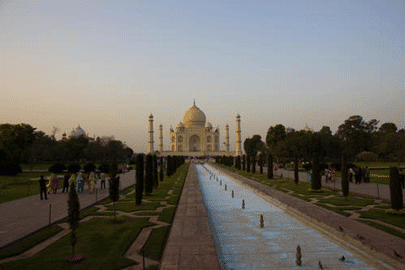
The Taj Mahal is India’s treasure and a dream come true for camera laden visitors. This tomb complex was commissioned by a grief stricken Mughal emperor Shah Jahan after the passing of his third wife. Completed in 1635, it took 22,000 people and 17 years to construct! It’s made entirely of marble and is identical on all four sides. A magnificent 115-foot dome decorated with lotus flowers adorns the top. Inside, marble carvings, gold, and precious stones surround the simple tombs of the Shah and his wife. Though it attracts millions of visitor’s each year, it’s worth every effort to cope with the crowds.
The Leaning Tower of Pisa
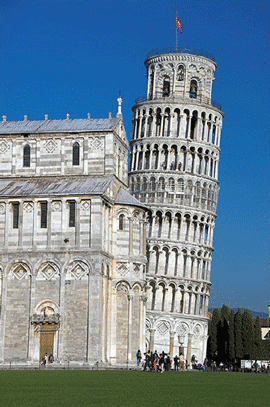
What d’ya see first when you walk into any neighborhood Italian restaurant in the U.S.? The Leaning Tower of Pisa is without a doubt one of the most iconic landmarks in all of Italy. The tilted bell tower completed in 1372 took two hundred years to construct. Built on soft soil with shallow foundations, the tower began to sink soon after the second floor was completed. Despite this, it continued to rise. In order to compensate for the slant, engineers decided to build the ensuing floors slightly taller on one side. This gives the illusion that the tower is curved. Despite the construction flaws, it’s survived for over 700 years and no visit to Italy would be complete with a visit regardless of the masses.
The Big Ben
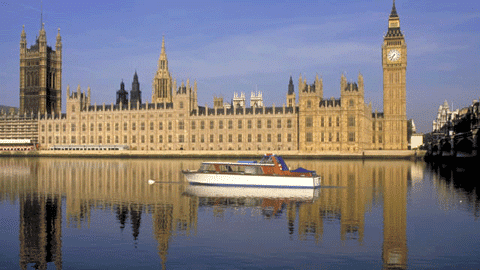
Big Ben is London and London is Big Ben. The famous clock tower has become a symbol of England, earning itself a money shot in way too many films set in the hugely popular global capital. Built on the north end of Westminster Palace, it’s the largest four faced chiming clock in the world. Big Ben is actually the name of the bell on the top of the tower, now known as the Elizabeth Tower. The great clock began keeping time on May 31 1859, though not without issues. It cracked only 2 months afterward and remains cracked to this day. Anyone planning a visit to London will find himself face to face with this architectural behemoth no matter how hard he tries to avoid it.
These three are the awe inspiring tried and true; now let’s look at the flip side. Crowds can sometimes prevent one from really immersing yourself in the past. The following sights though slightly less familiar to most, will allow you to truly connect with the weight of history and who knows, maybe you’ll make your own history at one of them.
The Malbork Castle
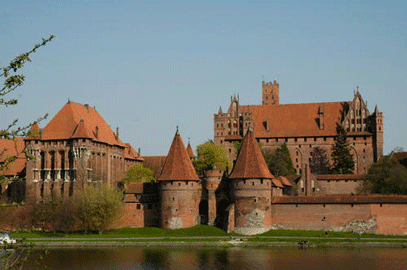
The Teutonic Knights, a powerful, medieval military order, started construction on Malbork Castle in Malbork, Poland in 1270. Today it’s the world’s largest castle, its outer walls spanning 52 acres, and the largest brick building in Europe. It was originally built to strengthen the order’s influence over the area, but soon became the headquarters of the Teutonic Knights. Though more than half the castle was destroyed in World War II and has since been restored, it remains the most complete and elaborate example of the Gothic brick castle, and the most important monument of the Teutonic order. This hidden European gem should be on every history buff’s checklist.
The Alhambra
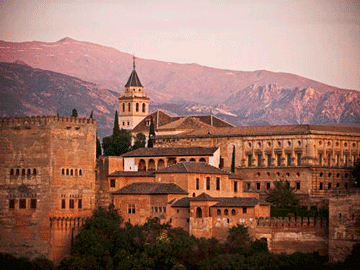
Although it’s a major historic site in southern Spain, it seems it’s seldom talked about. This amazing fortress, a legacy of Islamic Spain, has survived the test of time and endures as a magnificent example of Muslim art. Though its exterior is very plain, it is the interior that really allows the visitor to step into a time machine, and right into the imagination of the Islamic rulers that made the Alhambra their home. Fountains and reflecting pools adorn the courtyards, while the beautiful arabesques and richly embellished ceilings draw the lucky visitor into the Alhambra’s many rooms. This hilltop structure in Granada doesn’t make it on everyone’s itinerary especially when Madrid and Toledo are usually the first order of the day. But if it makes it on yours, you’ll never forget its haunting power.
Monticello
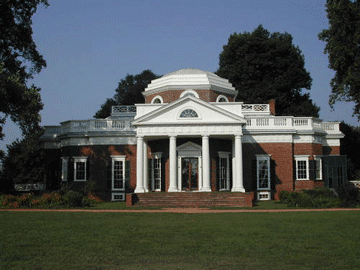
Most Americans are familiar with Monticello but how many have actually ever visited? Located near Charlottesville, Virginia, the historic home of America’s third president, Thomas Jefferson, should be on every American history buff’s bucket list. The villa was designed and built by the president himself as part of his 5,000 acre plantation. Built in the neoclassical style, it was completed in 1809 and was Jefferson’s home until his death. Archeological excavations on the grounds have uncovered a lot of information about the lives of the slaves who worked on the plantation, and the findings, along with a slave burial ground can be viewed on a tour. Monticello is a treasure trove of history, and is still revealing her secrets.
These are just a few of the places where time seems to stand still. They are there preserved for us to revel in and admire. Historic places, monuments, and sites remain one of the main reasons we travel, despite the obvious obstacles. Maybe 2014 will be the year to cross one or two of these off your list?

